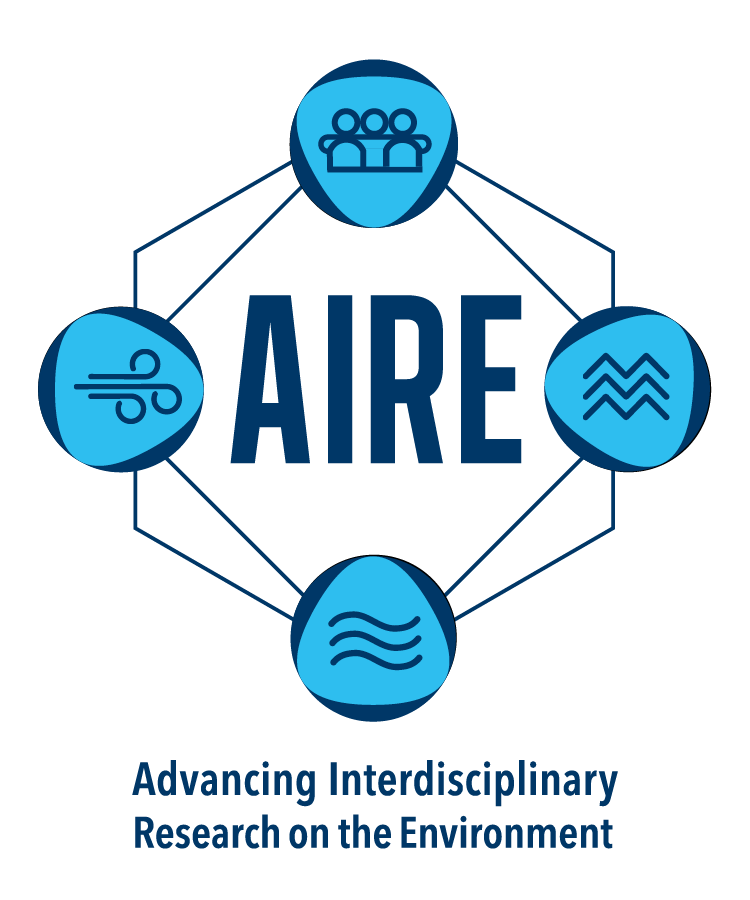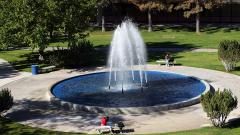Collaborative Research Solutions for Sustainable and Healthy Communities
Active Projects
Presentations and Publications
- Chapman, Kyle A., Clark, Adelaide E., Farris, Kerry L., and Fitzpatrick, Sarah. 2023. “Fires, Respiratory Hospitalizations, and Capacity Issues.” Pp.210-221 in Sixth Oregon Climate Assessment, edited by E. Fleishman. Corvallis, OR: Oregon State University. https://oregonstate.app.box.com/s/flkcz3xp7vgf4groe0jbitdjkbi8sizl
- Chapman, Kyle, A., and Mitchell, Lee. 2023. “Burden of Hospitalizations during Wildfires: A Study of Respiratory Complications in Southern Oregon.” Presented at Pacific Sociological Association Annual Meeting, April 1, Bellevue, WA. https://psa.mymeetingsavvy.net/program#details
- Mitchell, Lee. 2023. “Modeling the Risk of Respiratory Hospitalizations during Wildfires.” Presented at GIS in Action Conference, April 17, Portland, OR. https://www.orurisa.org/GIS-in-Action-Presentations
- Hansen, Ashley. 2023. “Public Health Interventions for Wildfire Smoke Exposure: A Systematic Review.” Poster Presentation at IDEA Fest, June 1, Klamath Falls, OR. https://www.oit.edu/academics/ideafest
- Mitchell, Lee. 2023. “Comparison of PM2.5 Data Choices to Inform Research on Health Impacts from Wildfire Smoke in Southwestern Oregon.” Poster Presentation at IDEA Fest, June 1, Klamath Falls, OR. https://www.oit.edu/academics/ideafest
- Clark, Adelaide. 2023. “Investigating the Presence of Organophosphate Esters in Particulate Matter from Wildfires.” Poster Presentation at the Society of Environmental Toxicology and Chemistry (SETAC) North America Annual Meeting, November 16, Louisville, KY. https://www.setac.org/discover-events/global-meetings/setac-north-america-44th-annual-meeting/program/daily-schedule.html
- Clark, Adelaide. 2023. “Updated and Novel Methods for Investigating Organophosphate Esters in Particulate Matter.” Poster Presentation at the Society of Environmental Toxicology and Chemistry (SETAC) North America Annual Meeting, November 16, Louisville, KY. https://www.setac.org/discover-events/global-meetings/setac-north-america-44th-annual-meeting/program/daily-schedule.html







